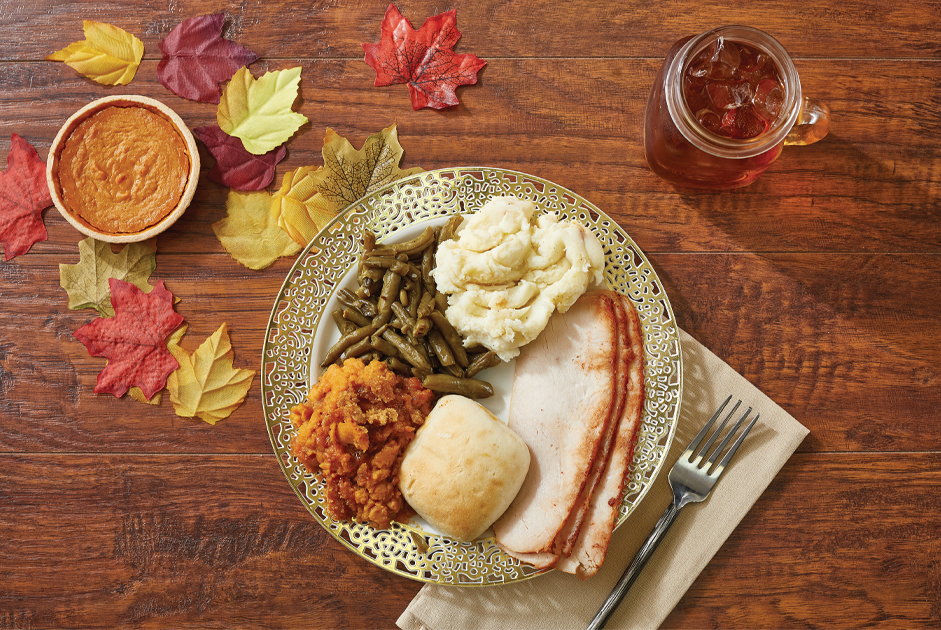Standing. Thinking. Assessing. A gardener’s new beginnings require methodical plans. With its mild weather, rainfall, and lack of pests, October is one of the best months to take advantage of the growing season. But, first, you’ll need to tackle aiding the soil!
Increasing the Organic Matter
Transitioning the garden to a new season requires ensuring your plants thrive in a healthy environment. The “no-till method” is a system of layering organic components, like compost and animal fertilizers, over the soil each spring and fall. The nutrient-heavy base, approximately two inches deep, improves the texture and the overall health of seeds and young plants. With this method, tools are not necessary; instead, press lightly into the soil’s surface, place seeds or plants, and cover.
Do’s:
- Organic mulches can include formerly living materials such as paper, shredded bark, grass clippings, and straw. Weed-free hay or straw will discourage weeds, while adding organic matter and moisture retention to your soil.
- Compost is an essential additive to your garden. As a base, mix it with your soil.
If you do not have compost, you can toss banana peels and coffee grounds into your garden. Digging a trench and covering the compost with soil is an option; however, the area will need time, direct sunlight, and occasional water to decompose fully.
- When wood ash is cold, add to your garden; it serves as a natural lime additive.
Don’ts
- Be careful what classifies as topsoil. You may bring diseases, harmful insects, and chemical residues into your garden, which will result in an uphill battle against them.
- Mulch is a quality amendment; however, it may take up to two years to decompose. (Without a soil test to determine your current pH level and nutrients, it is best NOT to add fertilizers.)
What to Plant?
Root vegetables come in various colors and fill your beds with vibrant colors, such as purple, red, white, green, yellow, and pink. Consider developing mounds to create walkways; insulate your crops from cold temperatures; and allowing for water drainage. Add a layer of mulch to the base of each plant for extra protection!
By late September, you can still plant beets, carrots, leeks, parsnips, and turnips from seed; however, they will need to have grown to plants by October.
Seeds Ideal for Zone 7:
- Garlic: For a hearty crop, plant individual cloves at an eight-inch depth, and consider adding a slow-release fertilizer. (Leave the paper covering intact.) Harvest in 17 to 25 weeks.
- Onions: Save space by planting carrots and onions together, between two and four inches apart. Add onions to the garden between September and March. Harvest in 25 to 34 weeks, and dry before storing.
- Radish: Sow seeds directly about ½ inch deep, one inch apart, and in rows 12 inches apart. As a fast-growing plant, radish can be harvested in three weeks with some varieties.
- Shallots: Compatible with carrots, beets, and lettuce, shallots are an easy-to-grow bulb. Plant eight inches apart. Harvest between 12 and 15 weeks.
Planting Greens
Crops of leafy greens can thrive past September. Given the advanced growth of established plants, arugula, cabbage, cauliflower, lettuce, mustard greens, and spinach will do well.
Seeds Ideal for Zone 7:
- Fava beans: An easy-to-grow broad bean. It’s vital to sow seeds four inches below the surface and roughly eight inches apart. (Harvest in 12 to 22 weeks.)
- Chives: With an onion flavoring, chives are a fantastic herb to have on hand. Compatible with beets and carrots, plant five inches apart and harvest at 17 weeks.
Considering a Cover Crop
Weed control is a constant fight for gardeners. The solution is planting a cover crop, such as mustard, radish, and buckwheat, which improves the soil structure while removing excess nitrogen. In addition, alfalfa, clovers, and especially legumes work to convert the soil’s bacteria into nitrogen. Using cover crops prevents sun exposure to unwelcome seeds. In spring, the earth will be loose and light, perfect for planting!
Winter Preparation
Before winter, add one of the best sources of organic matter, shredded leaves. While adding trace minerals such as calcium and magnesium, “nature’s gift” also provides a welcomed food source for earthworms and other microbes. Leaf mold retains up to five times its weight in water, making it an essential additive to any garden. Placed in gardens to overwinter, it will serve as an insulator and protect against winter winds and cold.























